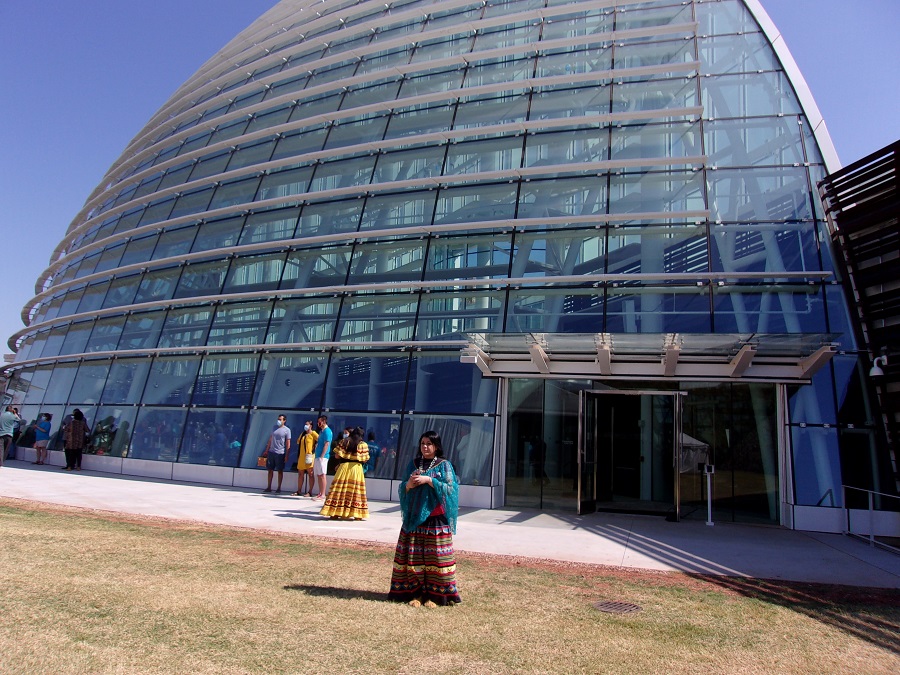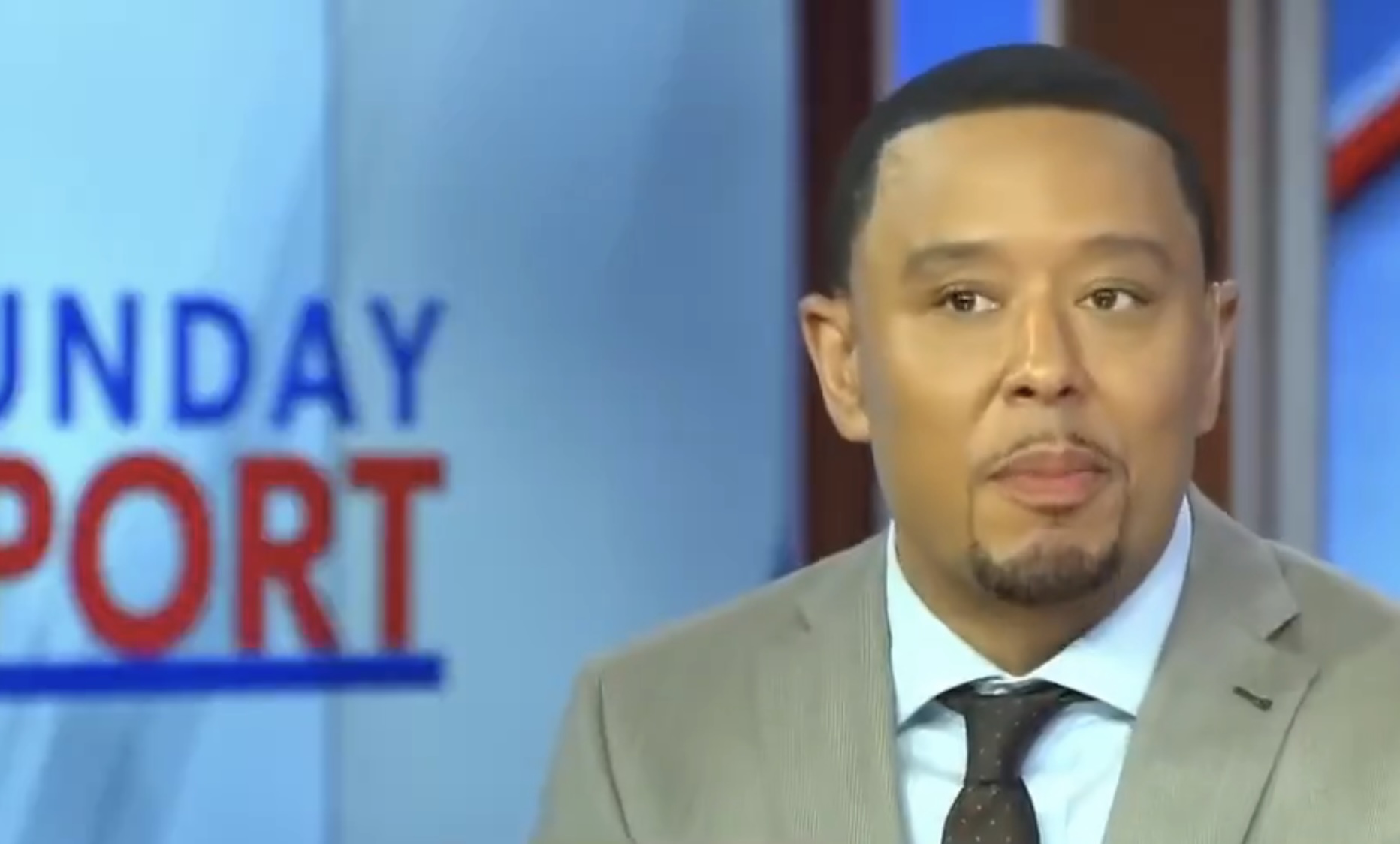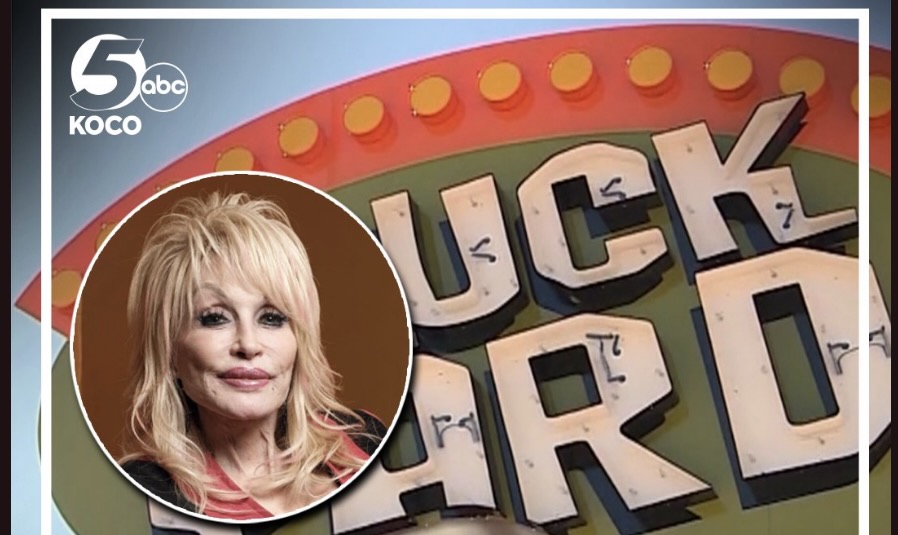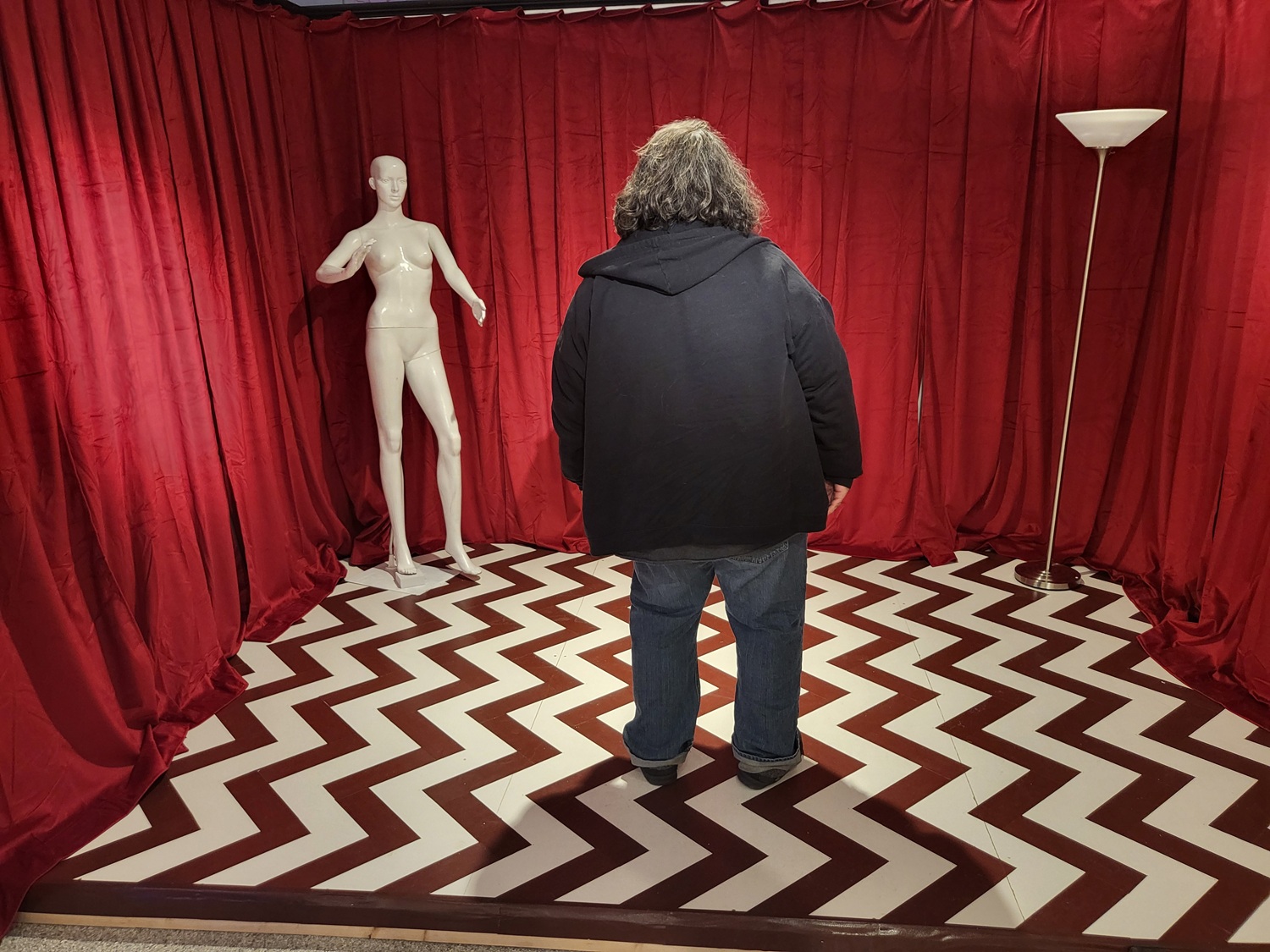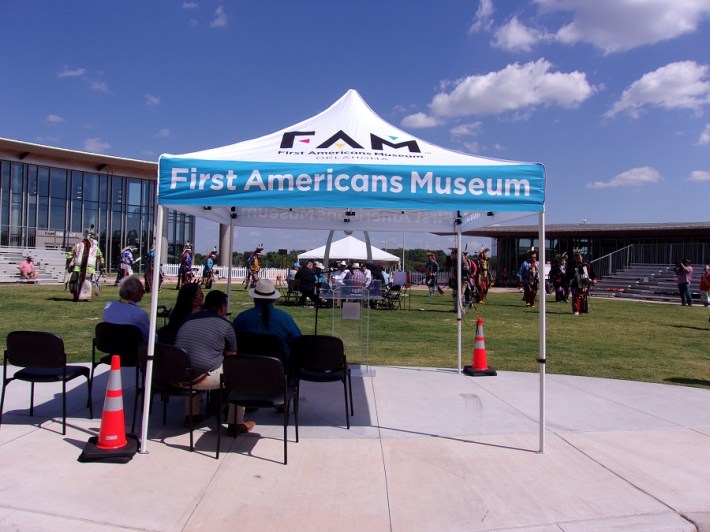
Whenever I write about Indigenous businesses or the like, there are always those readers that say I’m cutting them a pass because of my own Native heritage. Actually, I always go into to these things more critical than I would others because I feel they’re representing me and, honestly, I don’t want to be any more embarrassed than I have to be.
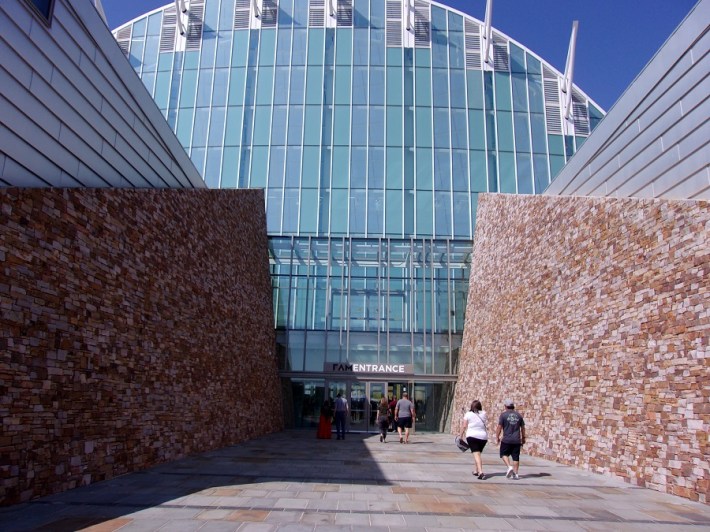
The truth is that in Oklahoma many Natives don’t want to be embarrassed either, so they always tend to go above and beyond to make sure that whatever it is they’re creating is absolutely gold-star worthy. And, as I have discovered this past weekend, the new First Americans Museum is the absolute paramount of standards they have set for not only themselves but for whomever walks through those doors.
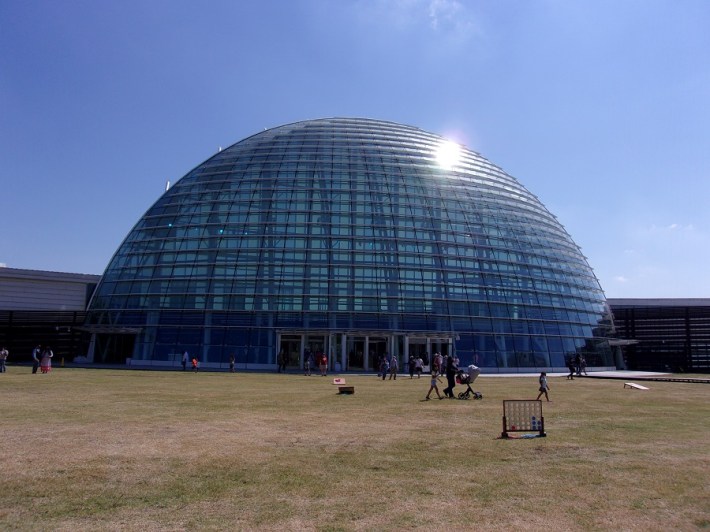
After all, it’s not only the representation of the Indigenous tribes of Oklahoma but for all of the stolen land in America, telling our story and not pulling any punches about it. It only took around 500 years, but better late than never.
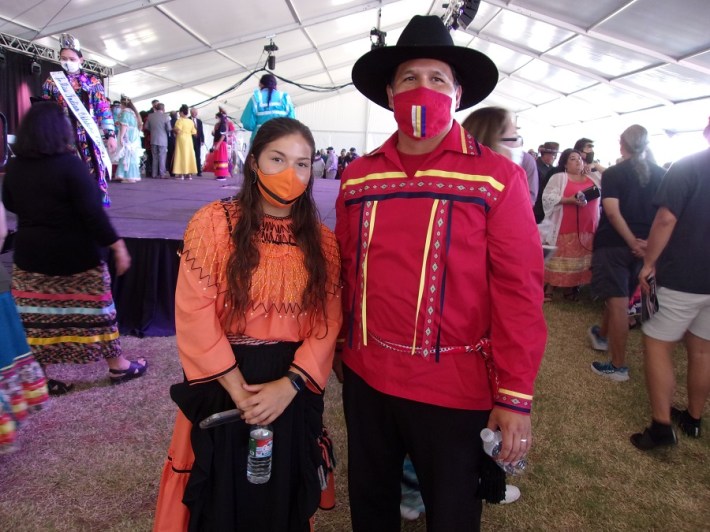
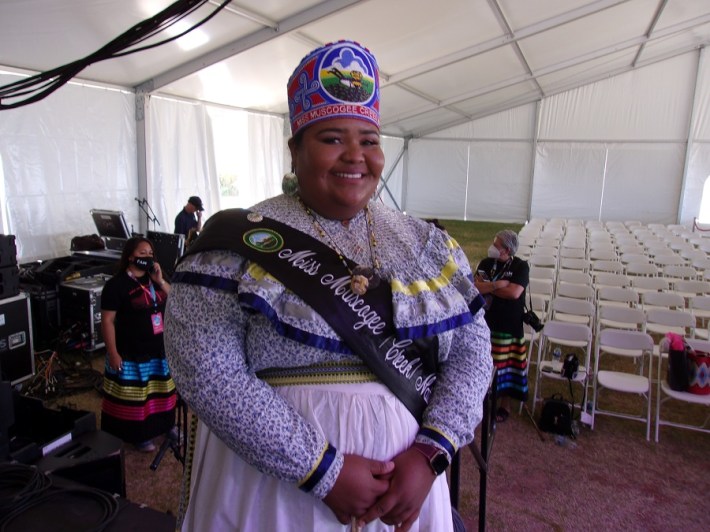
I arrived sometime around noon. After receiving my long-awaited press credentials, I walked through the glass doors of the imposing entryway and into the main lobby that already full of proud Natives. It felt so good to be around so many different tribes in one place, as the closest I had come to something like this was whenever I went to the Indian Clinic for my various appointments.
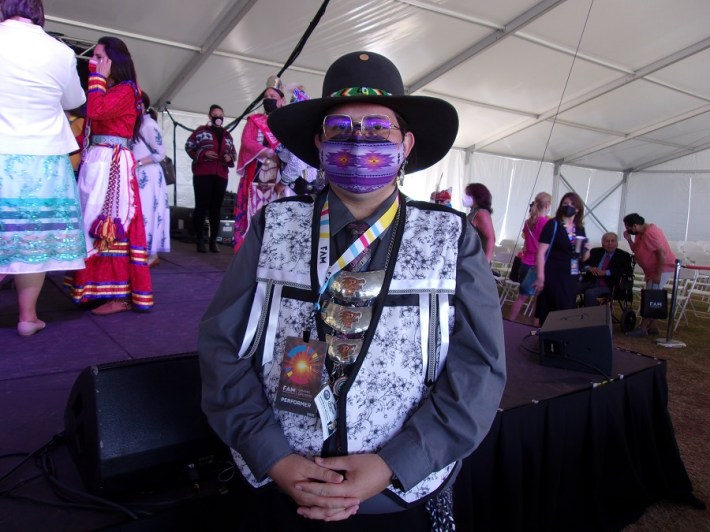
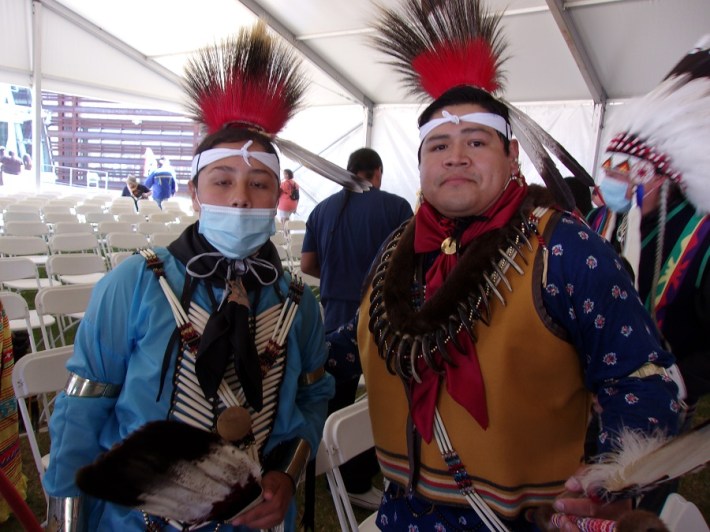
And while they had various speakers out on the lawn in the morning, admittedly I didn’t really need to hear Oklahoma City’s mayor and other supposed dignitaries tell me what I needed to know, because I could actually see it, living and breathing before me—after ten or so years, the FAM was finally accomplished to create one of the most meaningful structures in Oklahoma’s blood-drenched history.
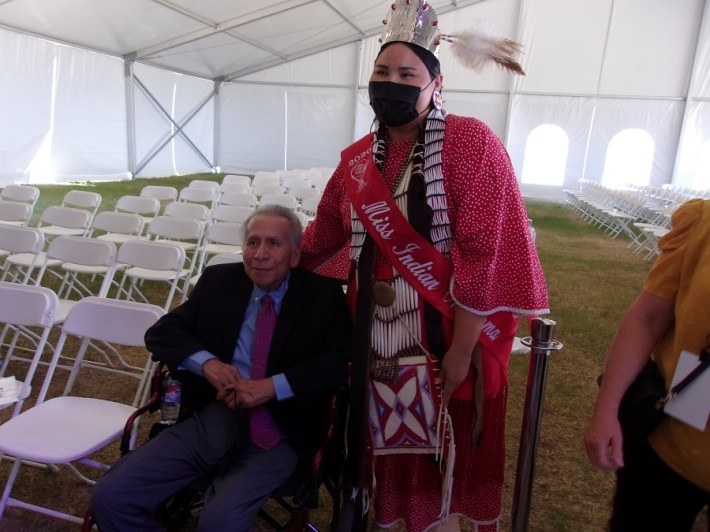
Instead, I walked around, speaking to the actual people the museum was not only spiritually dedicated to, but to those who were still here to see it fully planned, finally realized and formally situated on our land. I talked to everyone from fancy dancers to fancier pageant winners, from the veterans of world wars to the current soldiers fighting the battle of everyday oppression, hearing about their lives and their stories.
My back straightened as I stood tall and proud among them.
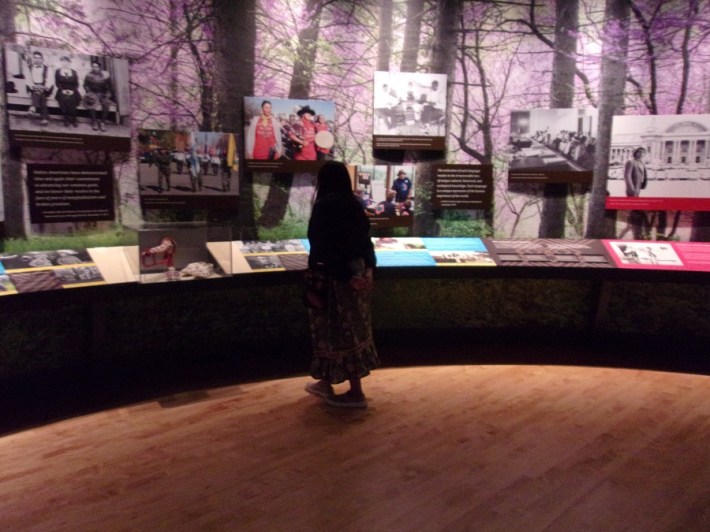
I decided to stroll through the museum proper, through the galleries that focused on our histories and our homes and how they were taken away from us throughout the years. While I was happy to see our origins, it was hard not to shed a tear as removal, discussed without any fear of upsetting the white man, was wholly featured in the various exhibits.
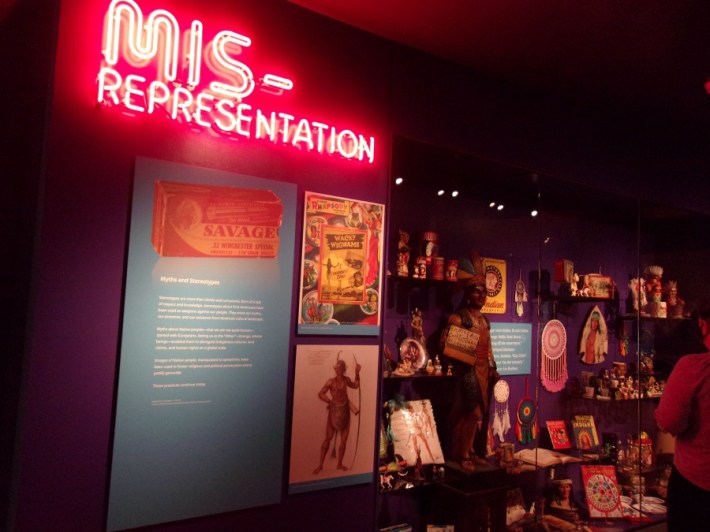
The exhibit about the history of racial hate against Natives, especially, was hard to view, to see those elements gathered in one place; while Natives see them almost everyday living in Oklahoma, from national sports teams to local rock stars, there are many people who aren’t Indigenous that will never have to deal with those hateful tchotchkes.
You’re lucky, man.
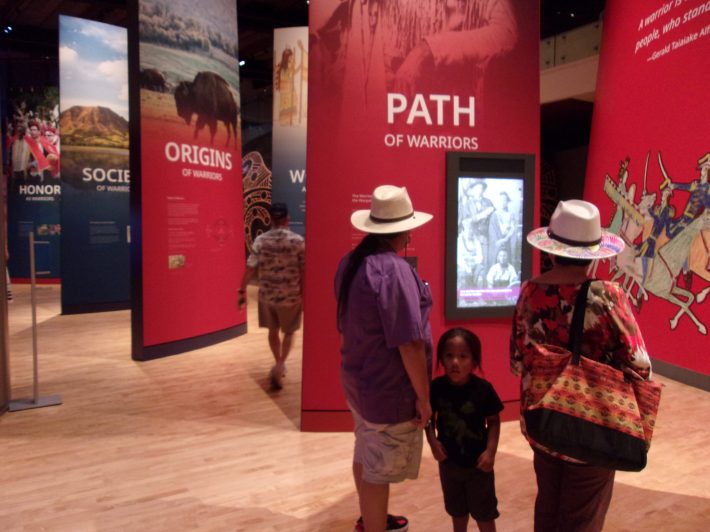
Of course, there were also the stories of our many successes. With the stories of our heroes, from sports and entertainment to politics and other fields of achievement, to those that should be our collective heroes, it was more than obvious that Indigenous people with a history of knowledge were involved in making damn sure that our stories were told our way, instead of whatever regurgitated press releases are usually fed to the well-meaning press.
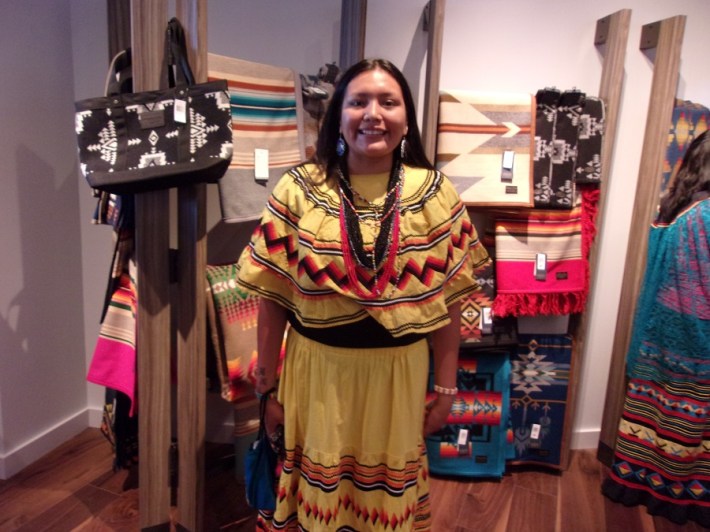
After having a quality meal at Thirty Nine—more on that tomorrow—I made my way to the gift shop, always the final stop on most people’s journey through the past, discoveries in the present and hope for the future.
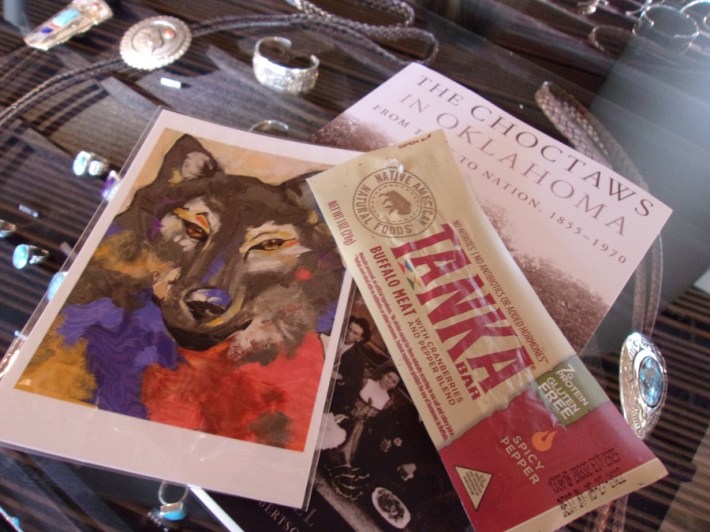
Filled with numerous books that will hopefully inspire and make a difference, I picked up one that had been on various want-lists of mine for a while, The Choctaws in Oklahoma: From Tribe to Nation, 1855-1970 by Clara Sue Kidwell, as well as a postcard featuring a painting of the wolf by artist J. NiCole Hatfield and a Tanka Buffalo Meat Bar, a snack for the long road home.
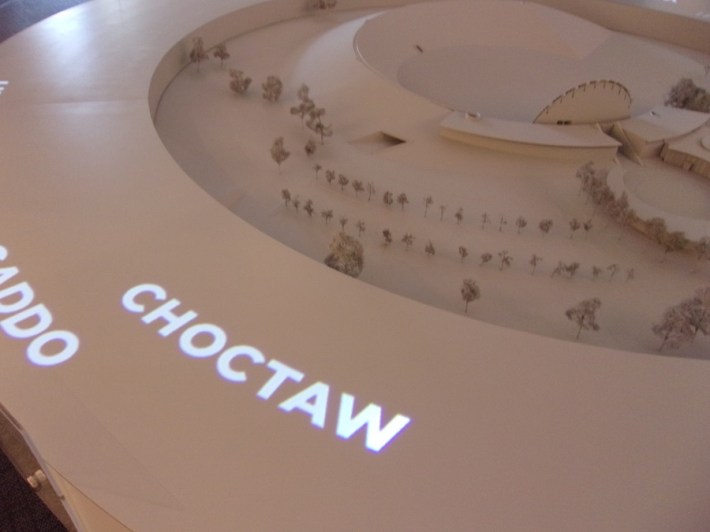
Even though I spent well around four hours at the First Americans Museum, I feel like I barely skimmed the surface of the Indigenous truths that are to be found here, guaranteeing a few return visits over the next couple of months, possibly years, hopefully with a few likeminded friends in tow that should learn about our lives. Our true lives.
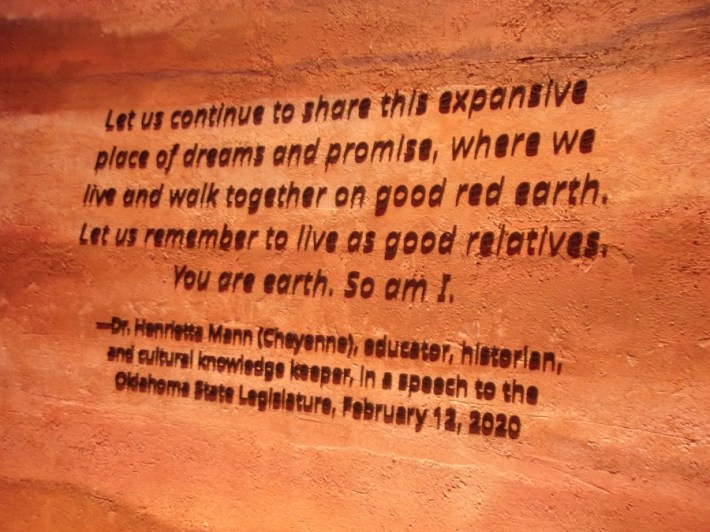
Leaving the First Americans Museum, admittedly, I’m still reeling at the fact that, after so long, this testament to Natives is finally in Oklahoma, unapologetic in it’s display of eternal truths. We’ve needed it for a long time.
_
Follow Louis on Twitter at @LouisFowler and Instagram at @louisfowler78.
